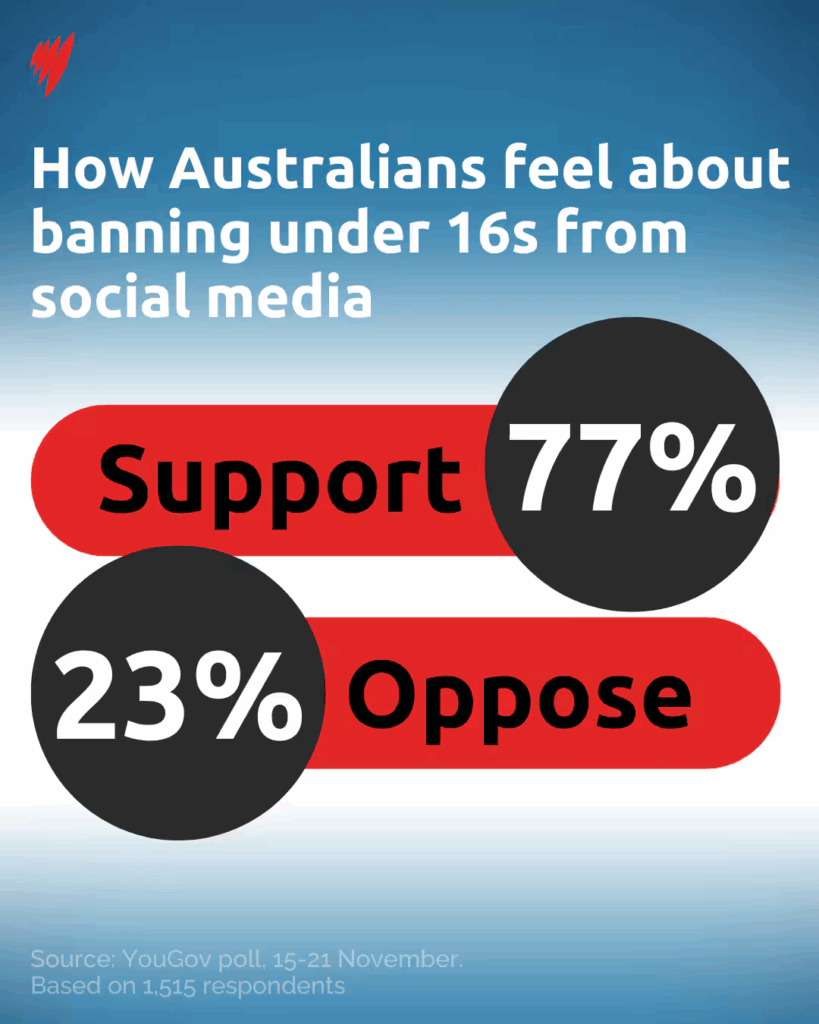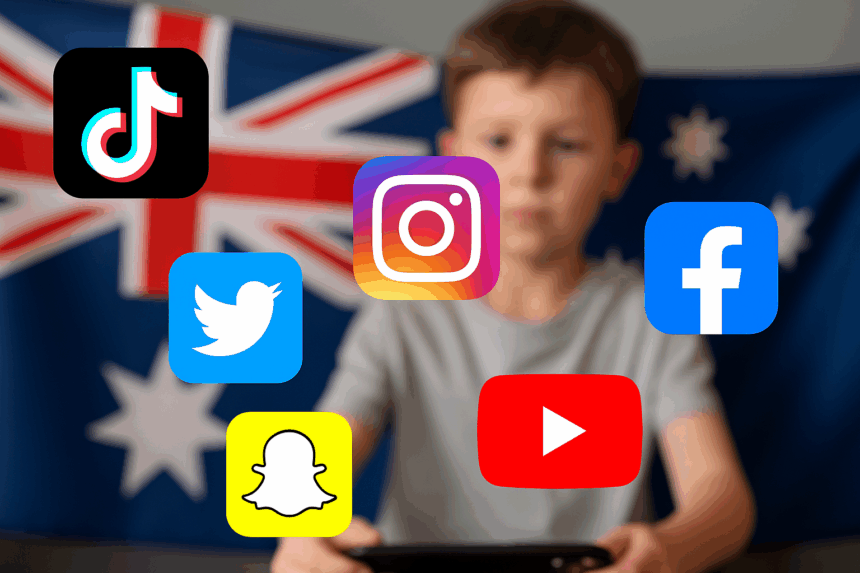Australia enforces one of the toughest online safety laws in the world. Beginning December 10, platforms including Meta, TikTok, Snapchat, YouTube, and X must block users under the age of sixteen from creating or maintaining accounts. The law triggered global discussions about privacy, enforcement, and how social media platforms handle young users.
The companies disagree with the regulation but say they will comply. Industry leaders argue the law restricts connection and expression among teens but acknowledge the government’s focus on digital protection.
What’s Happening & Why This Matters
The Australian government says the ban protects minors from online harm. Companies like Meta, TikTok, and Snap argue the rule limits access rather than fixing the real problems. The new law introduces steep financial penalties—up to AU$50 million (€28 million)—for any platform that lets underage users create or maintain accounts.
The Law and the Companies’ Response
Jennifer Stout, Australian representative for Snap, told parliament the platform disagrees with the ruling, calling Snapchat “primarily a messaging platform” built to support younger users safely. “Restricting their ability to communicate doesn’t protect them,” she said. Still, she confirmed users under 16 lose access once the law activates.

Mia Garlick, Meta’s policy director for Australia and New Zealand, said Facebook and Instagram plan to contact their estimated 450,000 under-16 users to prepare for account removals. “Our approach stays consistent with our compliance framework,” Garlick said. Meta hasn’t yet disclosed how removals occur, but the company intends full compliance.
TikTok, represented by Ella Woods-Joyce, described a slightly different plan. The platform hosts around 200,000 Australian users under 16. Those accounts will deactivate, giving teens the option to delete personal data or let TikTok store it until they reach sixteen.
How Age Verification Works
Platforms adopt new automated age assurance systems to enforce compliance. Woods-Joyce explained TikTok’s process: if user behaviour contradicts their declared age — say, claiming to be 25 while posting like a teenager — the system flags and adjusts or deactivates the account.
Similar technology appears across other platforms, relying on AI-driven monitoring and behaviour detection rather than manual checks. Privacy groups question whether this surveillance approach protects minors or expands corporate data collection under the guise of safety.
Implications for Digital Policy

Australia’s move pushes global debate over age-based digital regulation. Governments across Europe and North America monitor Canberra’s actions closely. The Australian eSafety Commission, led by Julie Inman Grant, describes the policy as a “necessary correction” to unchecked exposure to social media among children.
Yet industry experts warn of unintended effects. Limiting access may not stop teens — it may push them toward less regulated or underground networks. Social psychologist Dr. Erin Hayes told TechFyle, “This law removes young voices from mainstream platforms, not from the internet itself.”
As global regulators consider similar restrictions, companies like Meta and TikTok face increasing pressure to redesign user onboarding and verification for youth safety compliance worldwide.
TF Summary: What’s Next
Australia’s Under-16 social media ban forces tech companies into stricter self-policing. The tension between protecting minors and maintaining open access defines the next phase of digital regulation. Platforms rush to prove responsibility while preserving growth and relevance among younger audiences.
MY FORECAST: Expect age verification to spread internationally as a new norm. Australia’s enforcement sets a template for the U.S., EU, and Asia to follow. Over time, AI-powered compliance replaces manual moderation, driving platforms into a surveillance-heavy condition under the safety banner.
— Text-to-Speech (TTS) provided by gspeech


